Camel with Saddle
The camel, often referred to as the “ship of the desert,” is a remarkable creature known for its endurance and adaptability to harsh arid environments. With its distinctive hump, which stores fat that can be metabolized into water and energy, the camel is perfectly suited to survive in conditions where food and water are scarce. Among the various uses of camels, one of the most significant is their function as a pack animal, equipped with saddles that enable them to carry goods over long distances, facilitating trade and travel in many regions of the world.
The history of camels as domesticated animals dates back thousands of years, particularly in the Middle East and North Africa, where they have served as essential companions to the nomadic tribes of the regions. The two primary species of camels—dromedaries, also known as Arabian camels, which have one hump, and Bactrian camels, which have two humps—have been instrumental in shaping the cultures and economies of their environments. With a remarkable ability to travel up to 25 miles a day in extreme heat, camels have been utilized for transport across expansive deserts, helping to establish trade routes such as the Silk Road.
The saddle serves as an essential tool in ensuring comfort, control, and efficiency in transporting goods on camels. Different cultures have developed unique styles of saddles, tailored to their specific needs and the terrain they traverse. In many Bedouin cultures, for instance, the saddle is crafted with local materials such as leather, wood, and fabric, often adorned with intricate patterns and colors that reflect cultural identity. These saddles are designed to provide a stable platform for both the rider and the cargo, distributing weight evenly to prevent discomfort or injury to the animal.
A traditional camel saddle typically comprises a wooden frame covered with leather, featuring padded sections for added comfort. The construction of the saddle is meticulous, as it should accommodate the camel’s shape and movement, allowing for flexibility while ensuring the rider’s safety. Some saddles also include additional attachments or compartments for carrying personal items, water, or tools, making them practical for long journeys.
Beyond their functional attributes, camel saddles often hold cultural and ceremonial importance. In some regions, ornate saddles are used during festivals or important events, showcasing the craftsmanship and artistry intrinsic to regional traditions. Camel racing, a popular pastime in the Gulf states, involves specially designed saddles that integrate technology to enhance performance while keeping the camel comfortable during races. Thus, the saddle is not merely an accessory; it symbolizes a way of life, reflecting the deep connection between humans and camels fostered over centuries.
The interaction between camels and their handlers is vital to ensuring the animal’s well-being and effective performance. Owners typically develop close relationships with their camels, relying on their knowledge of the animal’s behavior and health. Proper saddling technique is essential, as an improperly fitted saddle can cause injury or distress to the camel. Handlers must also be attentive to the animal’s needs, providing adequate food, water, and rest during long journeys. This bond enhances the synergy between camel and rider, allowing them to navigate challenging terrains together.
Despite modern advancements in transportation, camels and their saddles remain relevant in various parts of the world, particularly where traditional practices continue to thrive. In rural areas of Africa and parts of the Middle East, camels are still the preferred mode of transport for goods, particularly in remote regions where access to vehicles is limited. They remain integral to the economy, supporting trade and communication among communities.
Moreover, the versatility of camels extends beyond transportation; they are also valued for their milk, meat, and hides. Camel milk, rich in nutrients, has been a staple for many nomadic peoples, providing sustenance in areas where food sources are scarce. This multifaceted relationship between humans and camels is as much about survival as it is about culture, reinforcing the importance of these exquisite animals in the livelihoods of many.
Today, as modern lifestyles shift and urbanization increases, camels still evoke a sense of nostalgia, representing a deep-seated connection to the environments they inhabit. Conservation efforts focus on preserving both the camel and the traditional practices associated with their use, ensuring that future generations understand the significance of this remarkable animal.
In conclusion, the camel, equipped with a well-crafted saddle, embodies a harmonious relationship between nature and human ingenuity. This partnership has proven invaluable in traversing the harshest terrains, supporting economies, and fostering cultural traditions across centuries. As we look toward the future, acknowledging the importance of these animals and their role in our shared history will remain crucial as we navigate the ever-changing landscapes of our global society. Through understanding and appreciation, we can preserve the legacy of the camel and the artistry of its saddle, ensuring they are celebrated for generations to come.

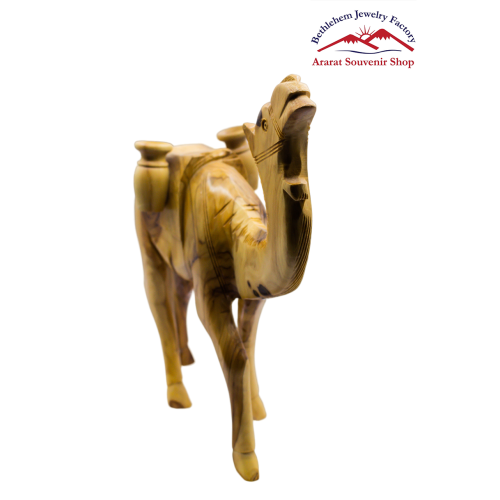
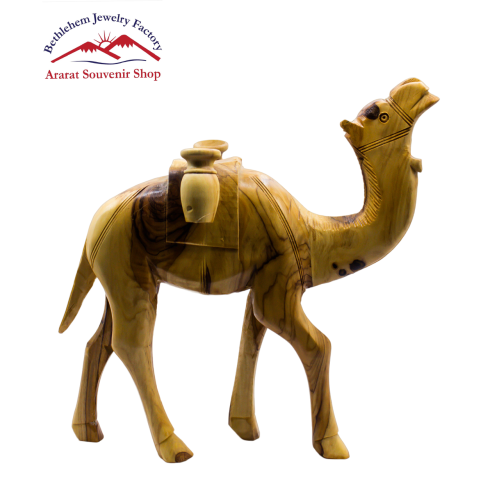



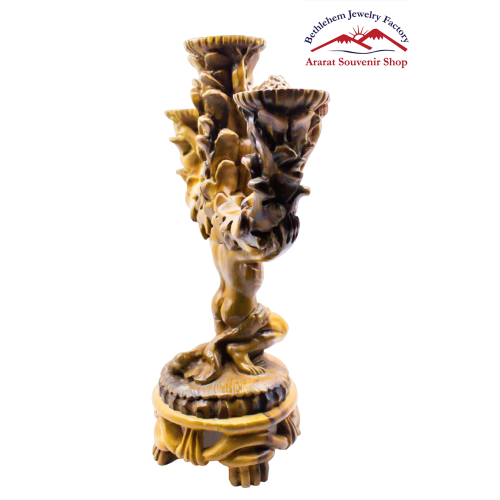
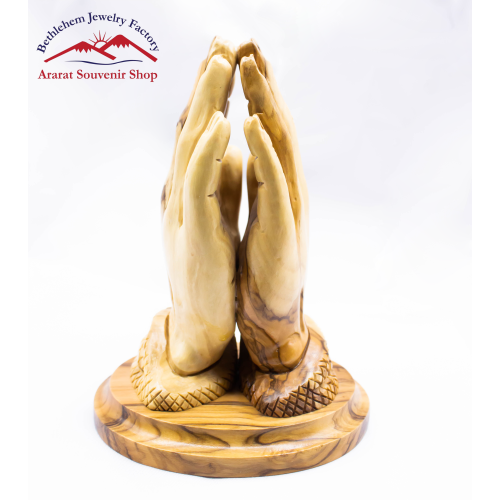


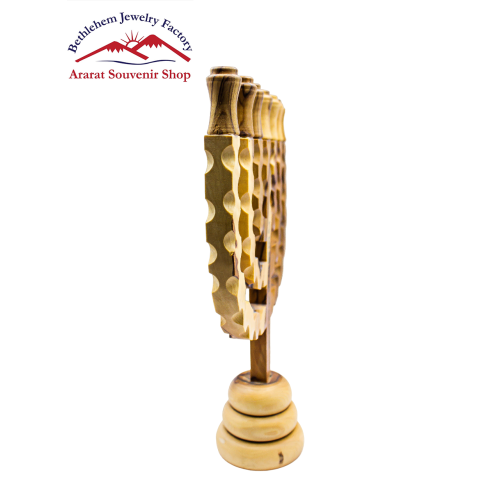
Reviews
There are no reviews yet.